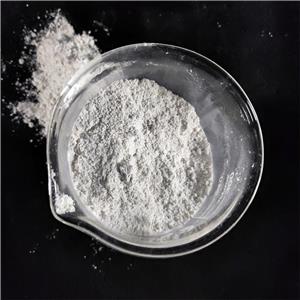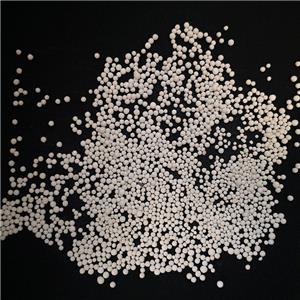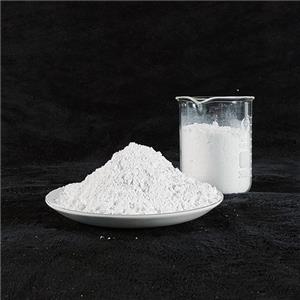Application characteristics, use and precautions of talcum powder in modified plastics
Talc for plastic modification, as a commonly used filler material, is widely used in plastic modification. It can not only effectively reduce costs, but also improve the physical and mechanical properties of plastics. Here are its key features and how to use it in plastic applications:
1. Application characteristics of Talc for plastic modification in plastics
Economy
The price of Talc for plastic modification is much lower than that of plastic. Adding Talc for plastic modification can significantly reduce material costs. Especially when the price of plastics continues to rise, companies can improve economic benefits in this way.
Comprehensive performance improvement
Talc for plastic modification can enhance various properties of plastics, such as heat resistance, rigidity, hardness, surface smoothness, etc. In engineering plastics, Talc Powder for Plastic Industry is often an indispensable additive.
Application differences in different plastics
In ABS and nylon, Low odor Talc Powder increases heat resistance and reduces molding shrinkage.
In polyethylene, Low odor Talc Powder increases rigidity and heat resistance while also reducing costs.
In polypropylene, Low odor Talc Powder plays the most obvious role, improving overall strength, heat resistance, rigidity, and acting as a nucleating agent to significantly improve the overall performance of the material.
2. How to use Talc Powder for Plastic Industry
Powder direct addition method
It is a common and economical method to mix Low odor Talc Powder with plastic raw materials and then directly extrusion and granulate them. This usually requires maleic anhydride-grafted polypropylene or POE to improve compatibility.
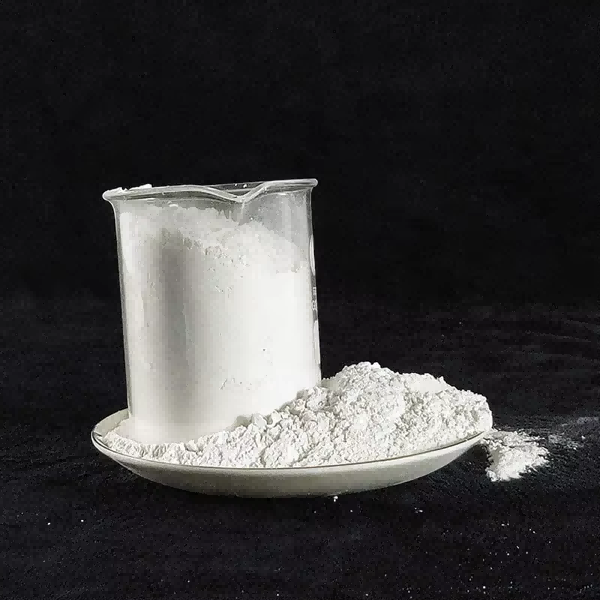
Carrier-free masterbatch method
The Low odor Talc Powder is made into carrier-free loose particles, which are then mixed with plastic raw materials and extruded. This method reduces dust pollution, improves mixing uniformity, and improves product quality.
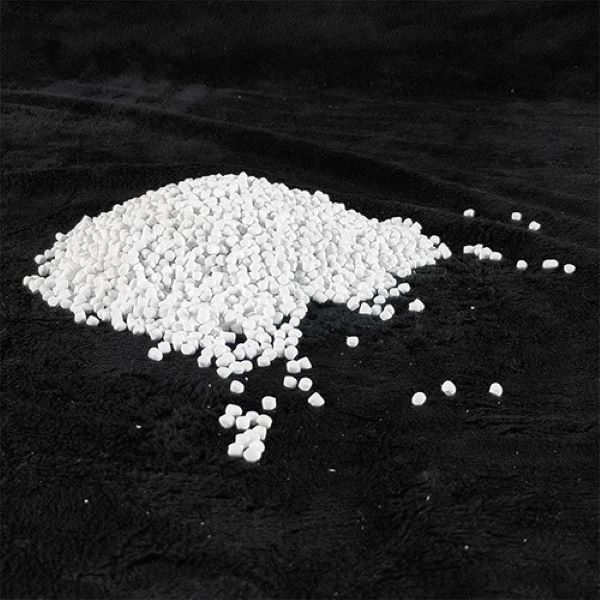
Filling masterbatch method
Low odor Talc Powder and plastic carrier are mixed and granulated to form a high-content masterbatch. This method reduces dust pollution, is easy to operate, and can be directly used for extrusion or injection molding processing.
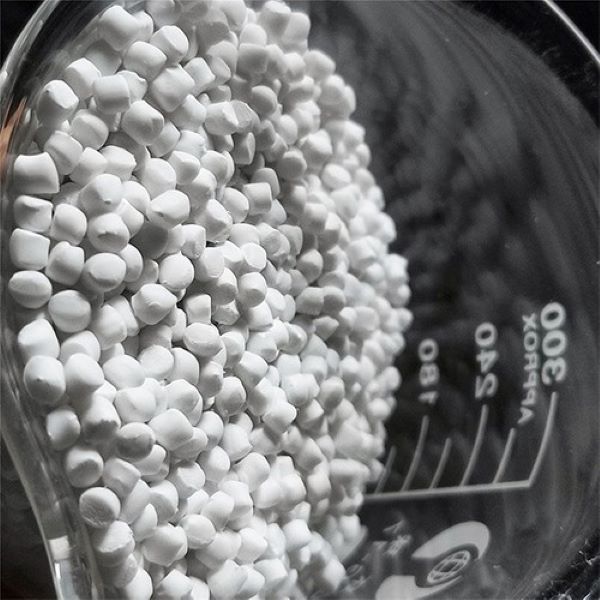
3. Precautions when using talc powder
Surface activation treatment
Talc Powder for Plastic Industry requires surface treatment to improve its compatibility with plastics. Different plastic types require different treatments, such as maleic anhydride grafted polypropylene.
decentralized control
The dispersion of Talc Powder for Plastic Industry in plastics has a great influence on the final performance and should be strictly controlled in terms of formula, temperature and process. When adding large doses, it is recommended to add in steps to ensure dispersion effect.
Talcum powder specification selection
Depending on the plastic type and usage requirements, it is crucial to select the appropriate specification of talc. Wrong selection may lead to unsatisfactory results, so an exact match must be made for different needs.
The application of Talc Powder for Plastic Industry in plastic modification has great potential. Through reasonable use, the performance and cost-effectiveness of plastic materials can be significantly improved.


